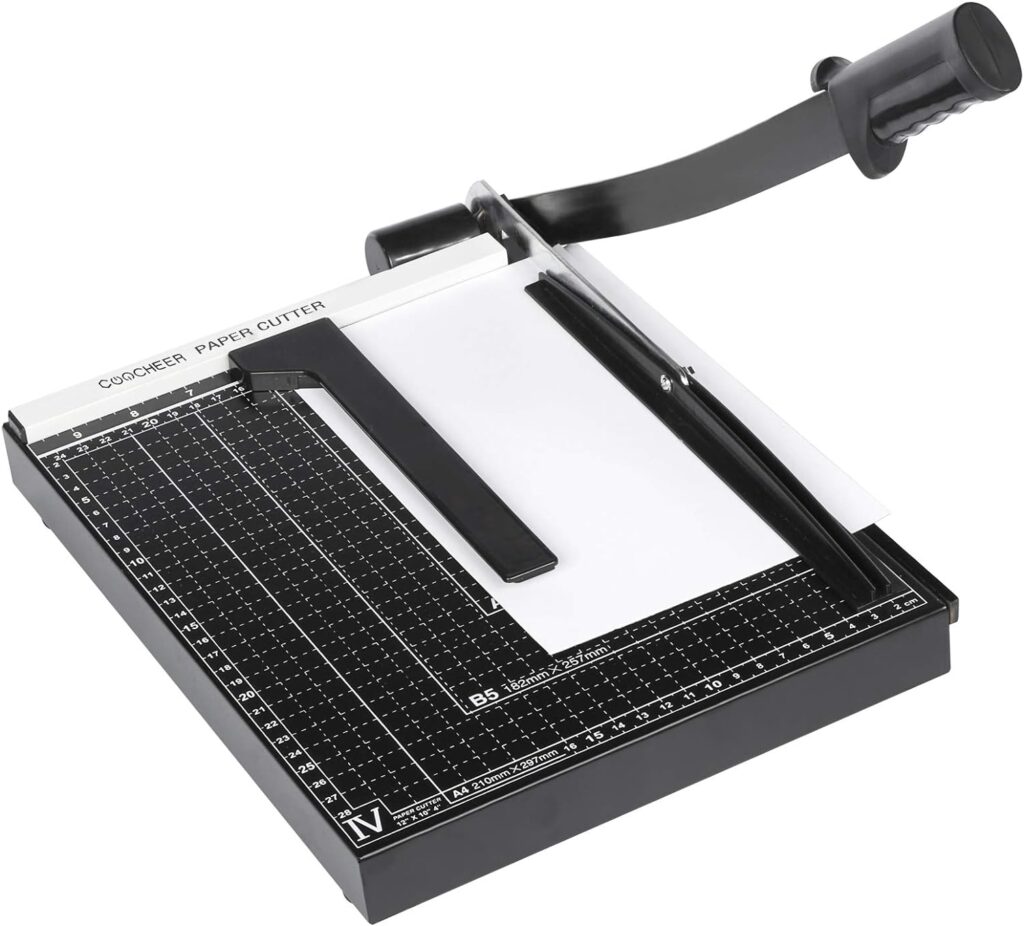In the realm of office document management, the evolution towards seamless binding mastery marks a pivotal advancement. This transformative approach integrates technology with traditional document handling, promising enhanced efficiency and user convenience. Imagine a workflow where physical documents effortlessly merge with digital formats, ensuring streamlined accessibility and archival. This convergence not only simplifies storage but also optimizes retrieval through advanced indexing and search capabilities. Documents, once bound in traditional folders or files, now exist within an interconnected digital ecosystem, accessible anytime and from anywhere. The advent of seamless binding mastery heralds a paradigm shift in how organizations manage information. Gone are the days of disparate systems and siloed data; instead, this innovative approach promotes interconnectedness and accessibility. By digitizing documents and integrating them into a unified platform, businesses can mitigate risks associated with physical document loss or damage. Moreover, compliance with regulatory standards becomes more manageable through centralized control and secure access protocols. Practically, the benefits extend beyond mere convenience. Imagine a multinational corporation seamlessly updating and disseminating corporate policies across continents with a few clicks.

In educational institutions, teachers effortlessly compile and distribute course materials, adapting content dynamically to student needs. Legal firms navigate complex cases with ease, accessing and annotating voluminous documents in real-time collaboration with clients and colleagues worldwide. The ability to merge physical and digital documents into a cohesive workflow empowers professionals across industries to achieve new heights of productivity and collaboration. Moreover, the environmental impact cannot be overstated. Seamless binding mastery reduces reliance on paper and physical storage spaces, significantly lowering carbon footprints and promoting sustainable practices. Organizations embracing this shift not only improve operational efficiency but also align with global initiatives towards environmental stewardship. However, challenges accompany this transformative journey. Concerns over data security and privacy necessitate robust encryption measures and stringent access controls. Moreover, the integration of legacy systems with cutting-edge technologies demands careful planning and execution to ensure seamless adoption and minimal disruption.
Yet, these challenges are outweighed by the potential gains in efficiency, cost-effectiveness, and agility that seamless paper binding machines mastery offers. Looking forward, the trajectory of office document management appears bound for further innovation. Artificial intelligence and machine learning promise to enhance document categorization, content extraction, and predictive analytics, further streamlining workflows and decision-making processes. The evolution towards a fully integrated, intelligent document management system seems inevitable, driven by the demand for efficiency, compliance, and sustainability. In conclusion, seamless binding mastery represents more than a technological leap; it embodies a fundamental shift in how information is managed and utilized. By seamlessly integrating physical and digital document landscapes, organizations unlock unprecedented opportunities for efficiency, collaboration, and sustainability. As businesses and institutions continue to adapt to an increasingly digital world, embracing this evolution ensures they remain agile, competitive, and responsive to future challenges and opportunities.